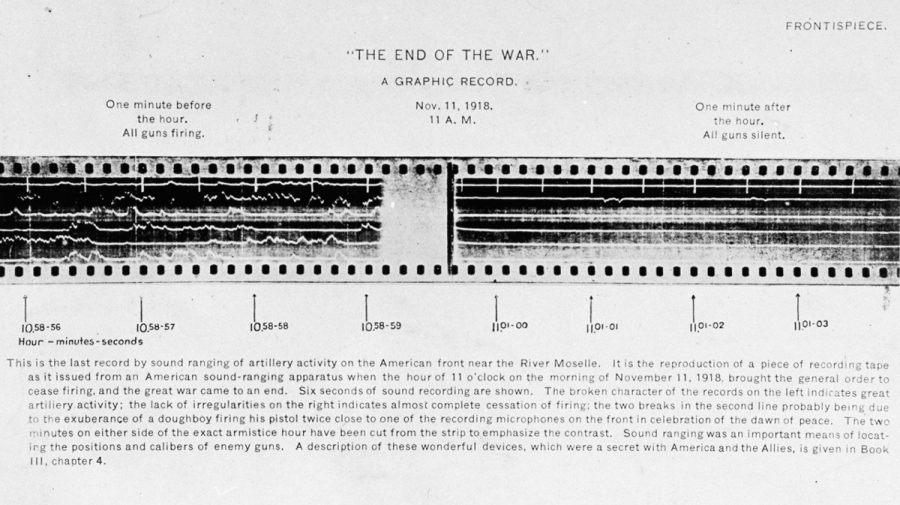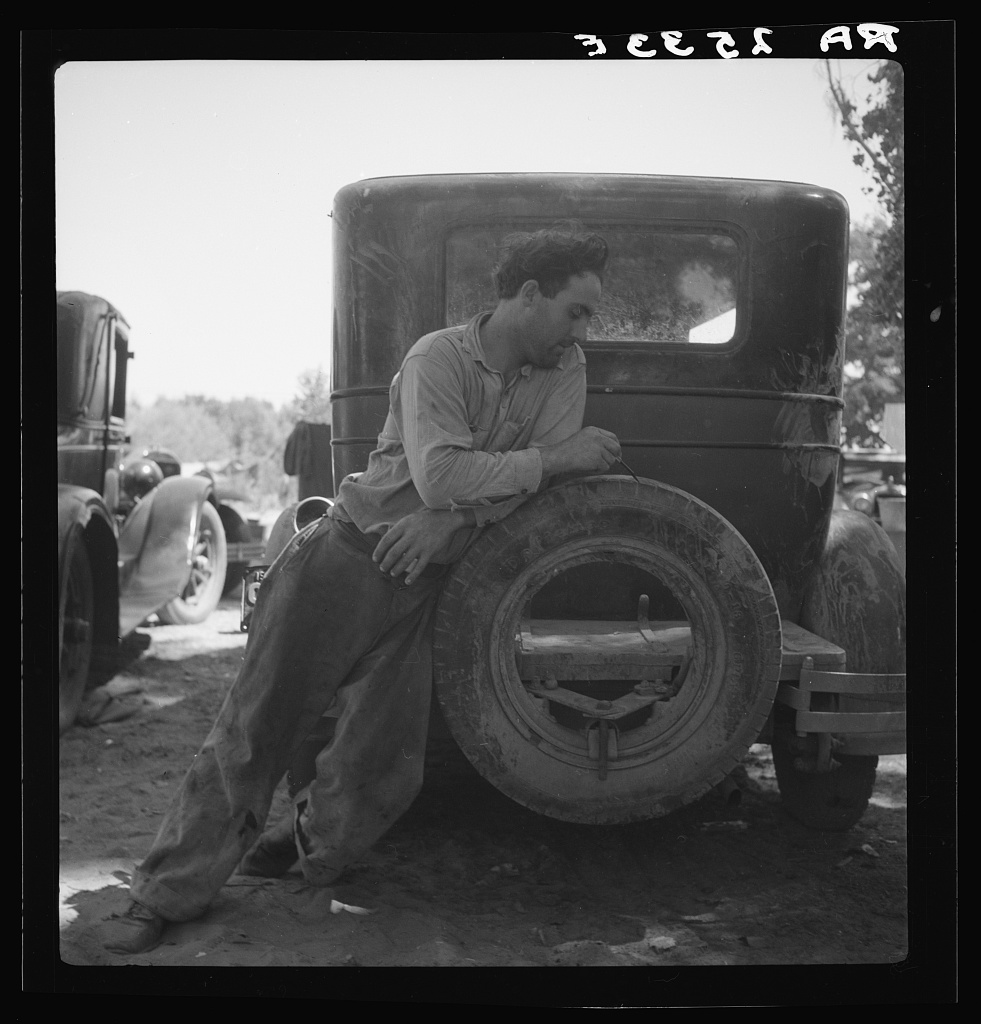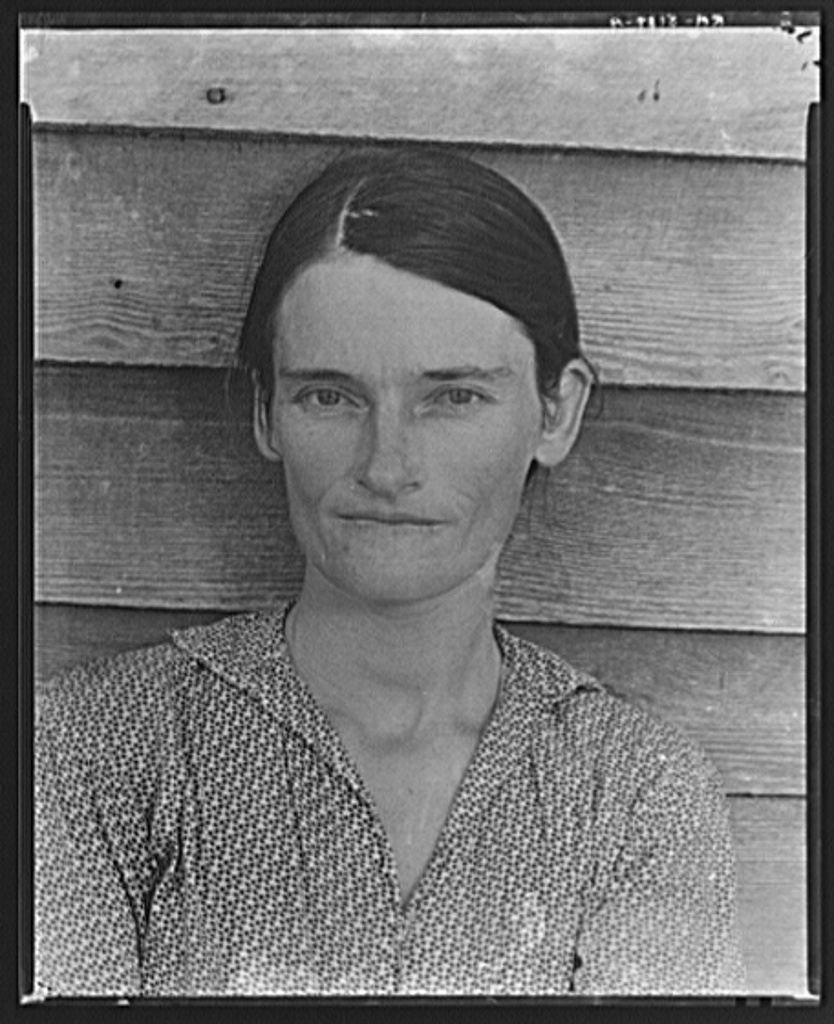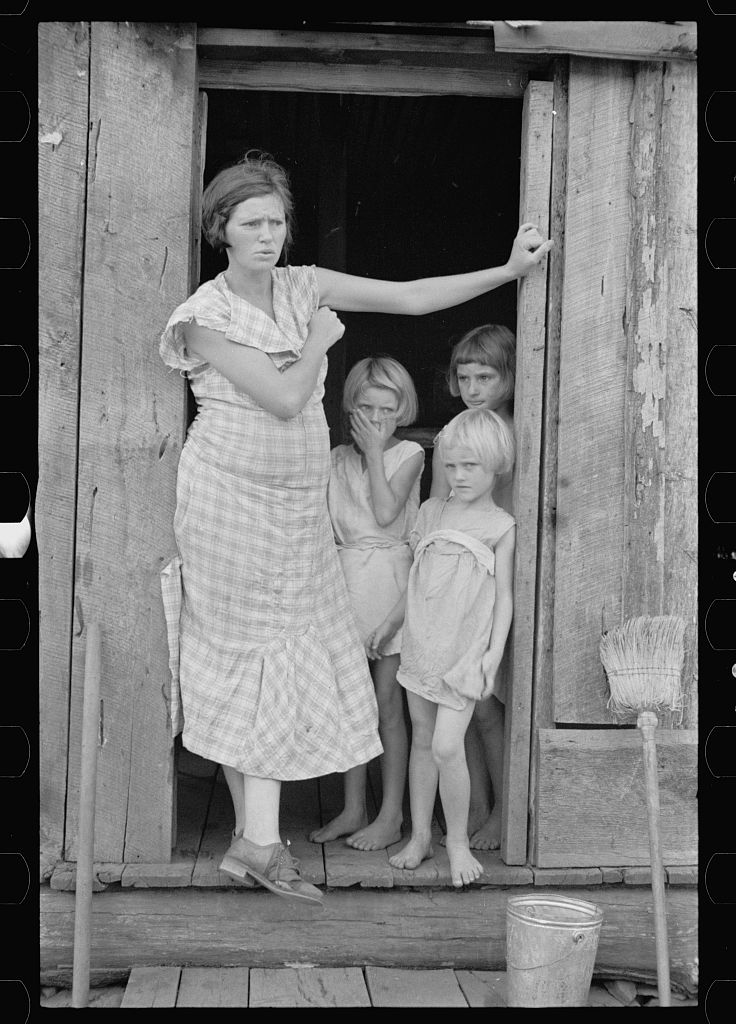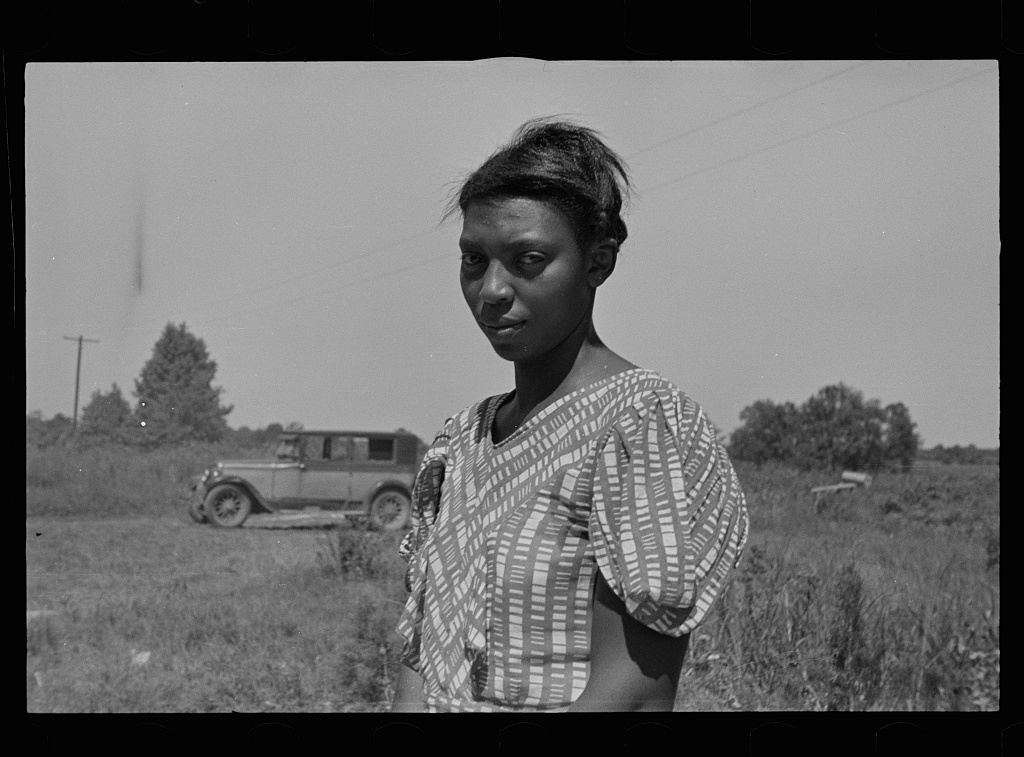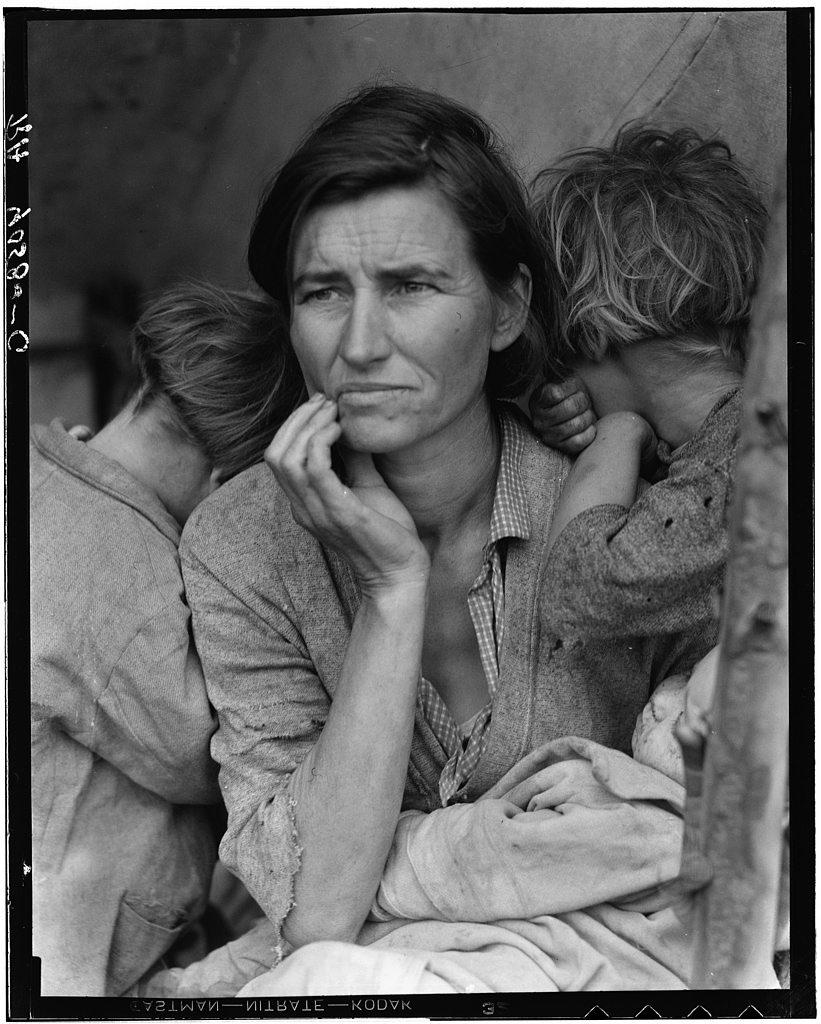[Most Recent Entries] [Calendar View]
Thursday, September 5th, 2019
| Time | Event |
| 8:00a | Hear the Very Moment When World War I Came to an End Robert Graves' poem “Armistice Day, 1918” begins with a riot of sound in a town in North East England. “What’s all this hubbub and yelling, / Commotion and scamper of feet,” he writes, “With ear-splitting clatter of kettles and cans, / Wild laughter down Mafeking Street?” The poem grows somber, then embittered, ending in a chilling silence for the “boys who were killed in the trenches, / Who fought with no rage and no rant.” It’s a familiar contrast from much World War I poetry—the hooting civilian crowds and the grim, silent soldiers counting their losses. One project, created as part of the 100th anniversary of the Armistice last year, gave us a different take on this WWI theme of sound and silence —using innovative techniques from 1918 that turned the final shelling of the war into visual data, then translating that data back into sound a century later. Rather than celebration, the “ear-splitting clatter” is the sound of mass death, and the silence, though surely “uneasy,” as Matt Novak writes, must also have been revelatory. In the “graphic record” of the Armistice, just below, we can “see” the deafening sounds of war and the first three silent seconds of its end, at 11 A.M. November 11th, 1918. The film strip records six seconds of vibration from six different sources, as the graphic, from the Army Corps of Engineers, informs us. “The broken character of the records on the left indicates great artillery activity; the lack of irregularities on the right indicates almost complete cessation of firing.”
You might notice a couple little breaks in one line on the right—likely the result of an exuberant “doughboy firing his pistol twice close to one of the recording microphones on the front in celebration of the dawn of peace.” But this was 1918—field recording technology barely existed, though a few battlefield attempts were made (at least one survives). The “microphones” in question were actually “barrels of oil dug into the ground,” notes Jason Daley at Smithsonian. This technique, called “sound ranging,” worked by registering vibration, similar to a seismograph's operation, and helped special units locate enemy fire, using “photographic film to visually record noise intensity.” The film above was part of the centenary exhibition at London’s Imperial War Museum, which also commissioned sound designers Coda to Coda to reconstruct the dramatic moment with an audio interpretation. At the top of the post, hear what the seconds before and after the Armistice likely sounded like, as recorded on the American front at the River Moselle. Listening to the seconds of the war’s end from the battlefield perspective—rather than streets filled with cheering crowds—is rather chilling, “a sudden reprieve from the staccato of weapons blasting,” Novak writes. The “graphic record” of the Armistice also shows us “just how horrifically precise and cruel war can be.” The slaughter could have been stopped in an instant, by the mutual decree of world leaders, at maybe any time during those harrowing four years. On November 11 at 11 A.M., “the guns fell silent,” writes the Imperial War Museum, and “a new world began.” But as artists like Graves remind us, for the returning maimed and traumatized soldiers and the hundreds of thousands of bereaved families, the war didn’t end when the noise finally stopped. Related Content: Watch World War I Unfold in a 6 Minute Time-Lapse Film: Every Day From 1914 to 1918 Josh Jones is a writer and musician based in Durham, NC. Follow him at @jdmagness Hear the Very Moment When World War I Came to an End is a post from: Open Culture. Follow us on Facebook, Twitter, and Google Plus, or get our Daily Email. And don't miss our big collections of Free Online Courses, Free Online Movies, Free eBooks, Free Audio Books, Free Foreign Language Lessons, and MOOCs. |
| 11:00a | Yale Presents an Archive of 170,000 Photographs Documenting the Great Depression During the Great Depression, The Farm Security Administration—Office of War Information (FSA-OWI) hired photographers to travel across America to document the poverty that gripped the nation, hoping to build support for New Deal programs being championed by F.D.R.'s administration. Legendary photographers like Dorothea Lange, Walker Evans, and Arthur Rothstein took part in what amounted to the largest photography project ever sponsored by the federal government. All told, 170,000 photographs were taken, then catalogued back in Washington DC. The Library of Congress became their eventual resting place. We first mentioned this historic project back in 2012, when the New York Public Library put a relatively small sampling of these images online. But now we have bigger news. Yale University has launched Photogrammar, a sophisticated web-based platform for organizing, searching, and visualizing these 170,000 historic photographs. The Photogrammar platform gives you the ability to search through the images by photographer. Do a search for Dorothea Lange's photographs, and you get over 3200 images, including the now iconic photograph at the bottom of this post. Photogrammar also offers a handy interactive map that lets you gather geographical information about 90,000 photographs in the collection. And then there's a section called Photogrammar Labs where innovative visualization techniques and data experiments will gradually shed new light on the image archive. According to Yale, the Photogrammar project was funded by a grant from the National Endowment for the Humanities (NEH). Directed by Laura Wexler, the project was undertaken by Yale’’s Public Humanities Program and its Photographic Memory Workshop.
Second image: Allie Mae Burroughs, wife of cotton sharecropper. Photo taken in Hale County, Alabama in 1935 by Walker Evans. Third image: Wife and children of sharecropper in Washington County, Arkansas. By Arthur Rothstein. 1935. Fourth image: Wife of Negro sharecropper, Lee County, Mississippi. Again taken by Arthur Rothstein in 1935. Bottom image: Destitute pea pickers in California. Mother of seven children. Age thirty-two. Taken by Dorothea Lange in Nipomo, California, 1936. Would you like to support the mission of Open Culture? Please consider making a donation to our site. It's hard to rely 100% on ads, and your contributions will help us continue providing the best free cultural and educational materials to learners everywhere. Also consider following Open Culture on Facebook and Twitter and sharing intelligent media with your friends. Or sign up for our daily email and get a daily dose of Open Culture in your inbox. Note: An earlier version of this post appeared on our site in 2014. Related Content: Harvard Puts Online a Huge Collection of Bauhaus Art Objects Download for Free 2.6 Million Images from Books Published Over Last 500 Years on Flickr 130,000 Photographs by Andy Warhol Are Now Available Online, Courtesy of Stanford University The Medieval Masterpiece, the Book of Kells, Is Now Digitized & Put Online Yale Presents an Archive of 170,000 Photographs Documenting the Great Depression is a post from: Open Culture. Follow us on Facebook, Twitter, and Google Plus, or get our Daily Email. And don't miss our big collections of Free Online Courses, Free Online Movies, Free eBooks, Free Audio Books, Free Foreign Language Lessons, and MOOCs. |
| 2:00p | Why Learn Latin?: 5 Videos Make a Compelling Case That the “Dead Language” Is an “Eternal Language” "I tried to get Latin canceled for five years," says an exasperated Max Fischer, protagonist of Wes Anderson's Rushmore, when he hears of his school's decision to scrap Latin classes. "'It's a dead language,' I'd always say." Many have made a similarly blunt case against the study of Latin. But as we all remember, Max's educational philosophy overturns just as soon as he meets Miss Cross and brings up the cancellation to make conversation. "That's a shame because all the Romance languages were based on Latin," she says, articulating a standard defense. "Nihilo sanctum estne?" Max's reply, after Miss Cross clarifies that what she said is Latin for "Is nothing sacred?": "Sic transit gloria." From ad hoc and bona fide to status quo and vice versa, all of us know a little bit of Latin, even the "dead language's" most outspoken opponents. But do any of us have a reason to build deliberately on that inherited knowledge? The video at the top of the post offers not just one but "Three Reasons to Study Latin (for Normal People, Not Language Geeks)." As its host admits, "I could tell you that studying Latin will set you up to learn the Romance languages or give you a base of knowledge for fine arts and literature. I can tell you that you'll be able to read Latin on old buildings, hymns, state mottoes, or that reading Cicero and Virgil in the original is divinely beautiful." But the number one reason to study Latin, he says, is that it will improve your language acquisition skills. And language acquisition isn't just the skill of learning languages, but "the skill of learning other skills." It teaches us that "thoughts themselves are formed differently in different languages," and learning even a single foreign word "is the act of learning to think in a new way." Study a foreign language and you enter a community, just as you do "every time you learn a new profession, learn a new hobby," or when you "interact with historians or philosophers, interact with the writers of cookbooks, or gardening books, or even writers of software." Latin in particular will also make you better at speaking English, especially if you already speak it natively. Not only are you "unavoidably blind to the weaknesses and strengths of your native meaning carrying system — your language — until you test drive a new one," the more complex, abstract half of the English vocabulary comes from Latin in the first place. Above all, Latin promises wisdom. Not only can it "train you to conceptualize one thing in the context of many things and to see the connections between all of them," it can, by the time you're understanding meaning as well as form, "grow you in big-picture and small-picture thinking and give you the dexterity to move back and forth between both." Just as you are what you eat, "your mind becomes like what you spend your time thinking about," and the rigorously structured Latin language can imbue it with "logic, order, discipline, structure, precision." In the TED Talk above, Latin teacher Ryan Sellers builds on this idea, calling the study of Latin "one of the most effective ways of building strong fundamentals in students and preparing them for the future." Among the timeless benefits of the "eternal language" Sellers includes its ability to increase English "word power," its "mathematical" nature, and the connections it makes between the ancient world and the modern one. Latin used to be more a part of the average school curriculum than it is now, but the debates about its usefulness have been going on for generations. Why Study Latin?, the 1951 classroom film above, covers a wide swath of them in ten minutes, from reading classics in the original to understanding scientific and medical terminology to becoming a sharper writer in English to tracing modern Western governmental and societal principles back to their Roman roots. And as the School of Life video below tells us, some things are still best expressed in Latin, an economical language that can pack a great deal of meaning into relatively few words: Veni, vidi, vici. Carpe diem. Homo sum: humani nil a me alienum puto. And of course, Latin makes every expression sound weightier — it gives a certain gravitas, we might say. If all these arguments have sold you on the benefits of Latin, or at least got you intrigued enough to learn more, watch "How Latin Works" for a brief overview of the history and mechanics of the language, as well as an explanation of what it has given to and how it differs from English and the other European languages we use today. You might then proceed to the free Latin lessons available at the the University of Texas’ Linguistics Research Center, previously featured here on Open Culture. The more Latin you acquire, the more you'll see and hear it everywhere. You might even ask the same question Max Fischer poses to the assembled administrators of Rushmore Academy: "Is Latin dead?" His motivations have more to do with romance than Romance, but there are no bad reasons to learn a language, living or otherwise. Related Content: Learn Latin, Old English, Sanskrit, Classical Greek & Other Ancient Languages in 10 Lessons What Ancient Latin Sounded Like, And How We Know It Why Should We Read Virgil’s Aeneid? An Animated Video Makes the Case The Tree of Languages Illustrated in a Big, Beautiful Infographic Based in Seoul, Colin Marshall writes and broadcasts on cities, language, and culture. His projects include the book The Stateless City: a Walk through 21st-Century Los Angeles and the video series The City in Cinema. Follow him on Twitter at @colinmarshall or on Facebook. Why Learn Latin?: 5 Videos Make a Compelling Case That the “Dead Language” Is an “Eternal Language” is a post from: Open Culture. Follow us on Facebook, Twitter, and Google Plus, or get our Daily Email. And don't miss our big collections of Free Online Courses, Free Online Movies, Free eBooks, Free Audio Books, Free Foreign Language Lessons, and MOOCs. |
| 4:01p | Meet Fanny, the First Female Rock Band to Top the Charts: “They Were Just Colossal and Wonderful, and Nobody’s Ever Mentioned Them” When the Beatles upended popular music, thousands of wannabe beat groups were born all over the world, and many of them--for the first time ever, really--were all-female groups. This Amoeba Records article has a fairly exhaustive list of these girl bands, with names like The Daughters of Eve, The Freudian Slips, The Moppets, The Bombshells, and The What Four. Very few got past a few singles. Instead, it would take until the 1970s for an all-female rock band to crack the charts. And no, it wasn’t the Runaways. Formed in Sacramento by two Filipina sisters, Jean and June Millington, the group known as Fanny would be the first all-female band to release an album on a major label (their self-titled debut, on Reprise, 1970) and land four singles in the Billboard Hot 100--the title track from their 1971 album Charity Ball, a cover of Marvin Gaye’s “Ain’t That Peculiar” (as seen above), “I’ve Had It,” and finally “Butter Boy,” their highest chart success, at #29 in 1975. That last track was Jean Millington’s song about David Bowie, with whom she’d had a brief fling while touring the UK. Born to a Filipina mother and a white American serviceman father, the two sisters found refuge in music when life at their Sacramento middle school was intimidating and racist. Rock music, however, was a way to make friends and find a support system. In their teens they started a band called The Svelts, and watched as various other band members came and went due to marriage, or boyfriends who insisted they stop making music. The Millingtons didn’t stop, and having gained reliable band members in Addie Lee on guitar and Brie Brandt on drums, they followed their rhythm section to Los Angeles, changed the band name to Wild Honey, and wound up getting signed to Reprise after changing the name one more time to Fanny. Though the man who signed them, Mo Ostin, considered them a novelty act, they were soon sent out on tour to open for groups like The Kinks and Humble Pie. They also backed Barbra Streisand on her Barbra Joan Streisand album, when the singer wanted a rockier sound. In a 1999 Rolling Stone interview, David Bowie still sang their praises: "They were one of the finest fucking rock bands of their time, in about 1973. They were extraordinary: they wrote everything, they played like motherfuckers, they were just colossal and wonderful, and nobody's ever mentioned them. They're as important as anybody else who's ever been, ever; it just wasn't their time." After five albums and some personnel changes (including bringing in Patti Quatro, Suzi Quatro’s sister), the band called it quits. Jean would go on to marry Bowie’s guitarist Earl Slick; June came out as gay and later established the Institute for Musical Arts, which supported the women’s music movement. Fanny dropped from rock consciousness, more or less, and are rarely brought up when pioneering women in rock are mentioned. June Millington still bristles about it, telling the Guardian, “All these women carved out their careers and I never once heard them mention Fanny...I looked. I waited. I read interviews. And I never saw it.” They reunited in 2018 for an album, Fanny Walked the Earth, bringing back June, Jean, and Brie for a batch of politically charged songs and celebrity appearances by Runaways singer Cherie Currie, Kathy Valentine of the Go-Go’s and Susanna Hoffs and Vicki Peterson of the Bangles. Rhino Records also rereleased their first four albums in a box set in 2002, for those who would like to investigate further. Also find a big collection of their live video recordings below. Related Content: New Web Project Immortalizes the Overlooked Women Who Helped Create Rock and Roll in the 1950s Four Female Punk Bands That Changed Women’s Role in Rock How Joan Jett Started the Runaways at 15 and Faced Down Every Barrier for Women in Rock and Roll Ted Mills is a freelance writer on the arts who currently hosts the artist interview-based FunkZone Podcast and is the producer of KCRW's Curious Coast. You can also follow him on Twitter at @tedmills, read his other arts writing at tedmills.com and/or watch his films here. Meet Fanny, the First Female Rock Band to Top the Charts: “They Were Just Colossal and Wonderful, and Nobody’s Ever Mentioned Them” is a post from: Open Culture. Follow us on Facebook, Twitter, and Google Plus, or get our Daily Email. And don't miss our big collections of Free Online Courses, Free Online Movies, Free eBooks, Free Audio Books, Free Foreign Language Lessons, and MOOCs. |
| << Previous Day |
2019/09/05 [Calendar] |
Next Day >> |

